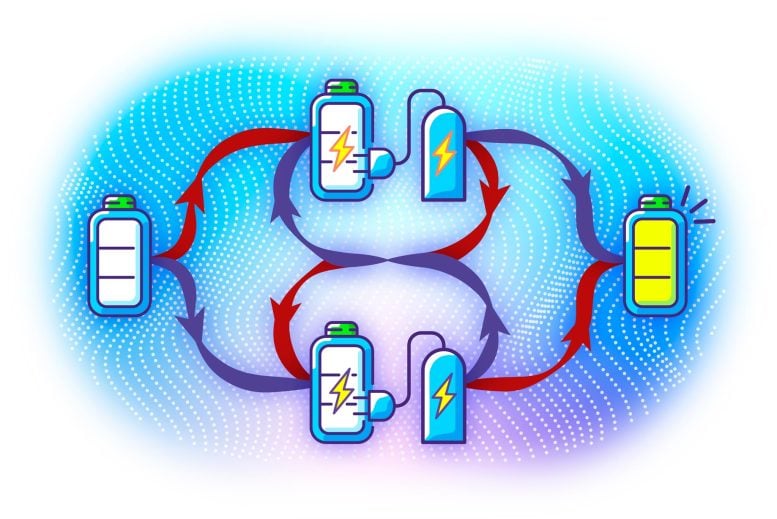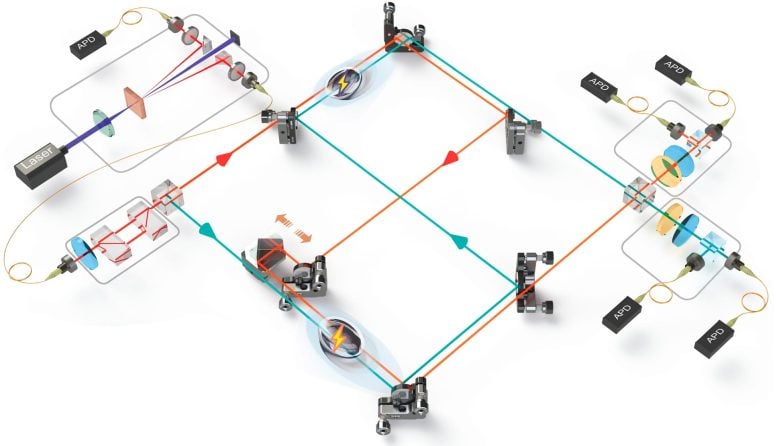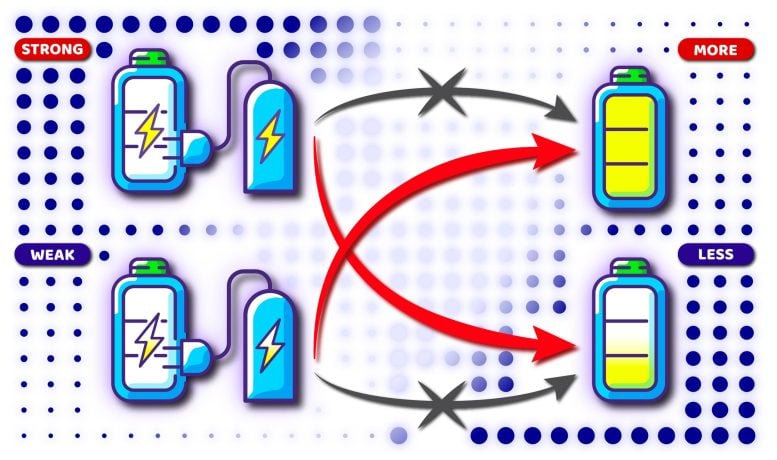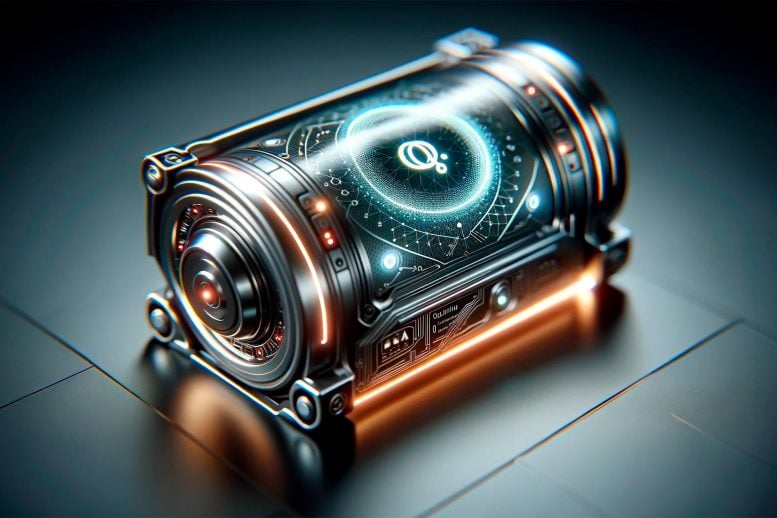Quantum batteries represent a leap forward in battery technology with their innovative charging methods and promise to enable greater efficiency and wider applications in sustainable energy solutions. Image source: SciTechDaily.com
A new way to charge batteries harnesses the power of “infinite causal sequences.”
Batteries that exploit quantum phenomena to capture, distribute and store electricity are expected to surpass the capabilities and uses of traditional chemical batteries in certain low-power applications. For the first time, researchers, including those from the University of Tokyo, have used an unintuitive quantum process that defies traditional concepts of cause and effect to improve the performance of so-called quantum batteries, bringing this future technology closer to reality.
Quantum batteries in sustainable energy
The development of quantum computers tends to grab the headlines when you hear “quantum,” the physics that governs the subatomic world, but there are other upcoming quantum technologies worth keeping an eye on. One of these is the quantum battery, which despite its initially puzzling name has untapped potential for sustainable energy solutions and integration into future electric vehicles. Nonetheless, these new devices are expected to be used in a variety of portable and low-power applications, especially where charging opportunities are scarce.

In the traditional world, if you were trying to charge a battery with two chargers, you would have to do so in order, limiting the available options to two possible orders. However, exploiting a new quantum effect called ICO opens up the possibility of charging quantum batteries in a unique and unconventional way. Here, multiple chargers arranged in different orders can exist simultaneously, forming a quantum superposition. Image source: ©2023 Chen et al.
Research progress of quantum batteries
Currently, quantum batteries exist only as laboratory experiments, with researchers around the world working on different aspects in the hope of one day combining them into fully functional real-world applications. Yuanbo Chen, a graduate student in the Department of Information and Communications Engineering at the University of Tokyo, and Yoshihiko Hasegawa, an associate professor, are researching the best ways to charge quantum batteries, and this is where time comes into play. One of the advantages of quantum batteries is that they should be very efficient, but that depends on how they are charged.
“Current batteries used in low-power devices such as smartphones or sensors typically use chemicals such as lithium to store charge, while quantum batteries use microscopic particles such as atomic arrays,” Chen said. “While chemical batteries are governed by the laws of classical physics, microscopic particles are inherently quantum, so we have the opportunity to explore ways of using them that change or even break our intuitive ideas about what happens at small scales. I am passionate about quantum We are particularly interested in how particles violate one of our most fundamental experiences – time.”

While it’s still much larger than the AA batteries you find at home, an experimental device that acts as a quantum battery demonstrates charging properties that may one day improve batteries in smartphones. Image credit: ©2023 Zhu et al.
Quantum charging method
The team, working with researcher Zhu Gaoyan and Professor Xue Peng from the Beijing Computational Science Research Center, tried to use optical devices such as lasers, lenses and mirrors to charge quantum batteries, but their implementation required quantum effects, in which events are not as ordinary as everyday Things are causally related. Early methods of charging quantum batteries involved a series of successive charging stages. Here, however, the team used a new quantum effect they call infinite causal order (ICO). In the classical realm, causation follows a clear path, meaning that if event A causes event B, this excludes the possibility that B caused A. However, at the quantum scale, ICO allows for both directions of causation to exist in so-called quantum superposition states, both of which can be true simultaneously.

Common intuition suggests that the more powerful the charger, the better the battery’s ability to charge. However, findings stemming from ICOs have significantly reversed this relationship. Now, batteries with higher energy can be charged using less power. Image source: ©2023 Chen et al.
The significance of quantum battery research
“Through ICO, we demonstrated that the way a battery composed of quantum particles is charged can greatly affect its performance,” Chen said. “We saw huge improvements in both the energy stored in the system and the thermal efficiency. Somewhat counterintuitively, we found a surprising effect of the opposite interaction that you might expect: with relatively higher power charging using the same device. Lower power chargers can provide higher energy and higher efficiency compared to conventional chargers.”
The ICO phenomenon the team is exploring has uses beyond charging a new generation of low-power devices. The underlying principles, including the inverse interaction effects discovered here, could improve performance in other tasks involving thermodynamics or processes involving heat transfer. One promising example is solar panels, whose thermal effects reduce their efficiency, but ICOs can be used to mitigate these effects and increase efficiency.
Reference: “Charging Quantum Batteries via Amorphous Causal Sequence: Theory and Experiments” by Gaoyan Zhu, Yuanbo Chen, Yoshihiko Hasekawa and Peng Xu, December 13, 2023 Physical Review Letters.
DOI: 10.1103/PhysRevLett.131.240401
This work was supported by the National Natural Science Foundation of China (Grant Nos. 92265209 and 12025401). YH acknowledges the support of JSPS KAKENHI grant number JP22H03659. YC thanks JST SPRING for support, grant number JPMJSP2108.
#Breaking #link #effect #revolutionary #power #quantum #batteries
Image Source : scitechdaily.com
